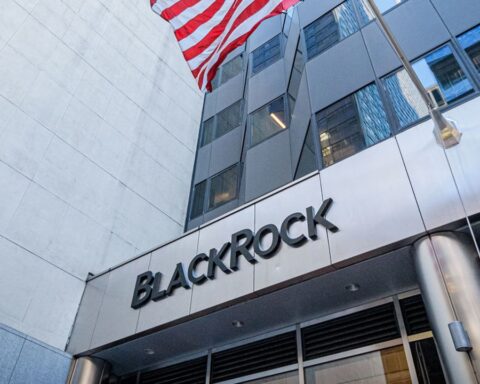Ethereum solo stakers and network nodes are poised to reap rewards from the incorporation of Verkle trees, as stated by Vitalik Buterin.
The Ethereum co-founder extolled the advantages of this technological enhancement to Ethereum’s protocol in a recent post.
Verkle trees are expected to facilitate “stateless validator clients,” with Buterin highlighting their capability to enable staking nodes to operate with “near-zero hard disk space and sync almost instantly.”
Buterin had previously outlined a five-stage, incremental process aimed at steering the smart contract blockchain towards what he termed as the endgame of Ethereum’s development.
This came subsequent to the eagerly awaited activation of the Beacon Chain, which marked Ethereum’s transition to proof-of-stake consensus in September 2022.
Verkle trees constitute a component of the roadmap, as shared by Buterin in late 2022.
Five keywords encapsulated the successive development phases: The Merge, Surge, Verge, Purge, and Splurge delineate the technical intricacies of various developmental milestones.
Verkle trees fall under the Verge category, representing the third phase of Ethereum’s developmental trajectory.
This phase involves the introduction of Verkle trees, which are set to enhance data storage efficiency and node size. Buterin elucidated the technical specifics of Verkle trees in the Ethereum Improvement Proposal documentation published in 2022.
READ MORE: Jupiter Asset Management Withdraws Investment in Ripple XRP ETP
Verkle trees serve a similar purpose to Merkle trees, which consolidate all transactions within a block and generate proof of the entire dataset for a user seeking to verify its authenticity:
“The key property that Verkle Trees provide, however, is that they are much more efficient in proof size.”
While Verkle trees utilise structures akin to Merkle trees, a crucial distinction lies in nodes employing a specific hash type known as a vector commitment, which is transmitted to sub-nodes.
Vector commitments are poised to yield substantial long-term advantages to the Ethereum network.
The primary benefit of Verkle trees is to facilitate Ethereum’s attainment of statelessness, whereby nodes verifying blocks would no longer necessitate storing Ethereum’s state.
Verkle trees enable smaller proof sizes, which can be accommodated within each block of the Ethereum blockchain. Consequently, nodes can verify any block using the data contained therein.
The implementation of Verkle trees is anticipated to usher in a plethora of new functionalities, including reduced hardware requisites for operating Ethereum nodes, thus enhancing the network’s decentralisation.
Moreover, new nodes can swiftly join the network, with the capability to promptly synchronise with it.
The development of Verkle trees is ongoing, and integrating them into the Ethereum protocol will necessitate several modifications.
These include a novel data structure to preserve the network’s state, a revamped gas accounting model, a strategy for migrating Ethereum’s state from Merkle to Verkle trees, novel cryptography primitives, and new block-level fields.
Read the latest crypto news today




